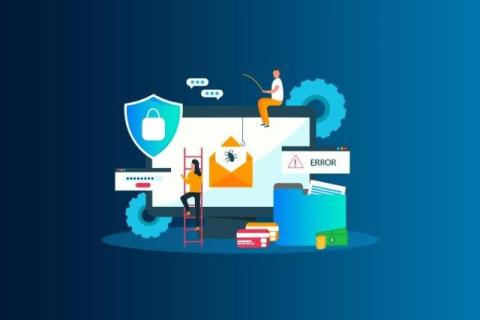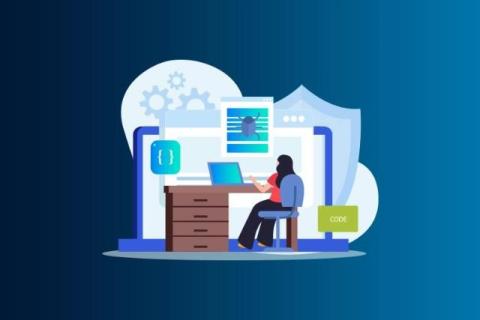Identifying Insecure C Code with Valgrind and Fixing with Snyk Code
C and C++ remain foundational in critical software development. These languages power a wide array of systems, from embedded devices to high-performance applications in manufacturing, operational technology (OT), and the industrial market. Their efficiency, control over system resources, and performance make them indispensable for developers working on mission-critical projects.











